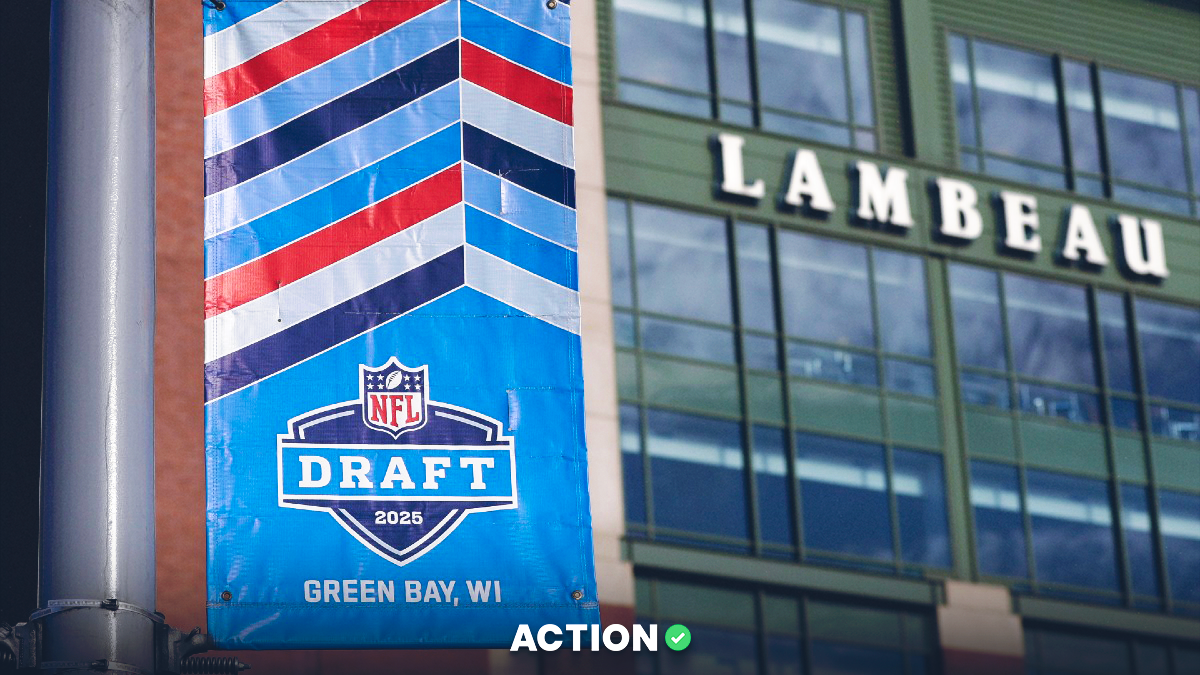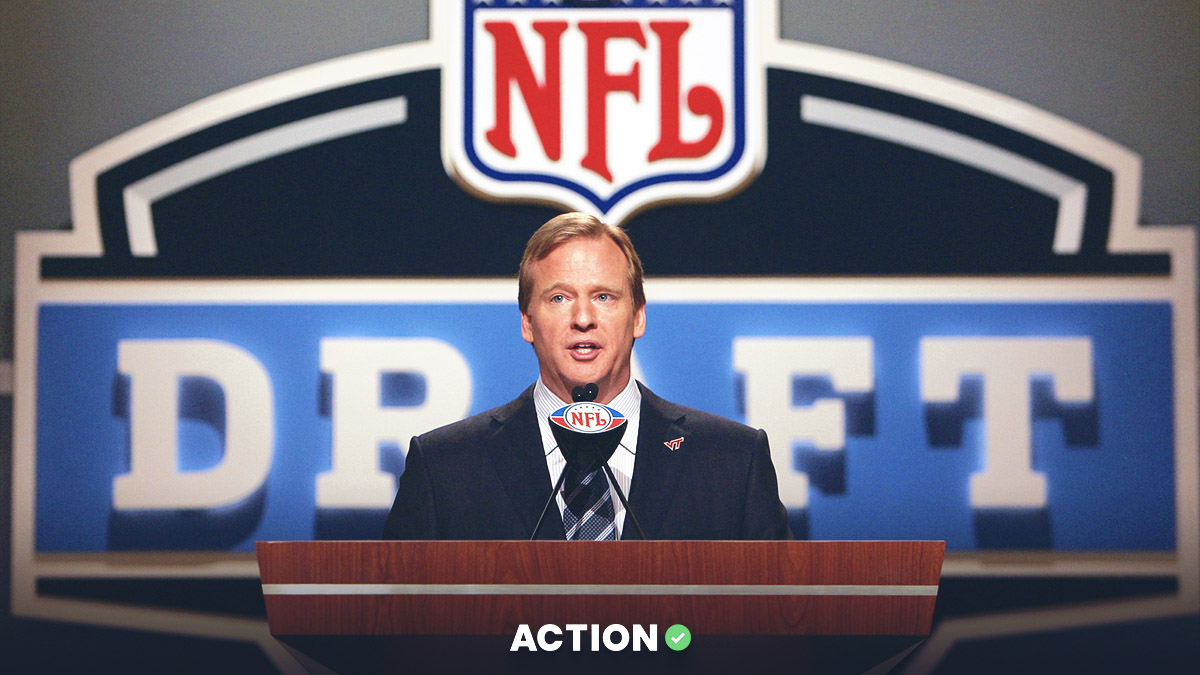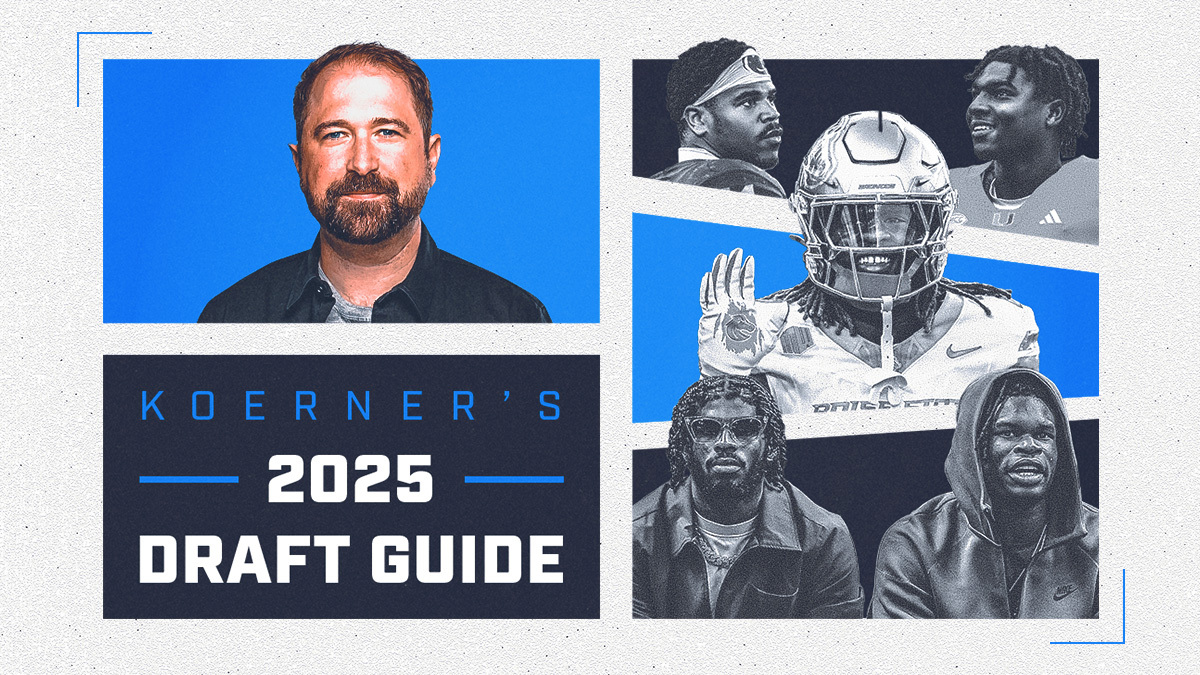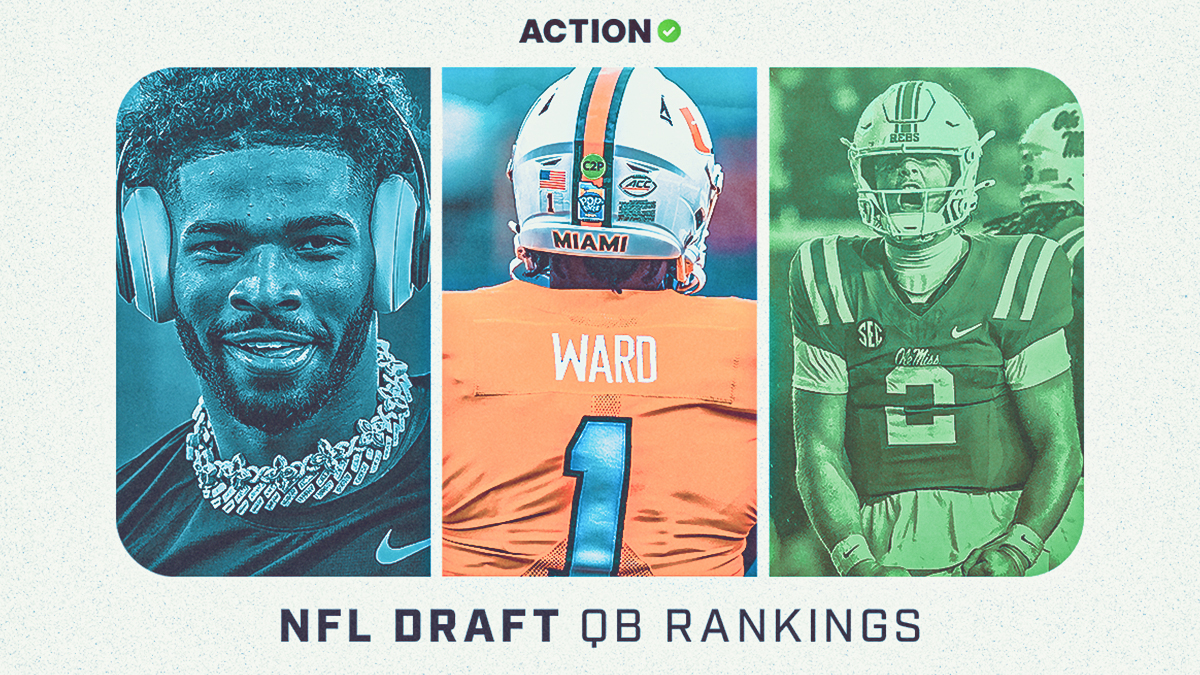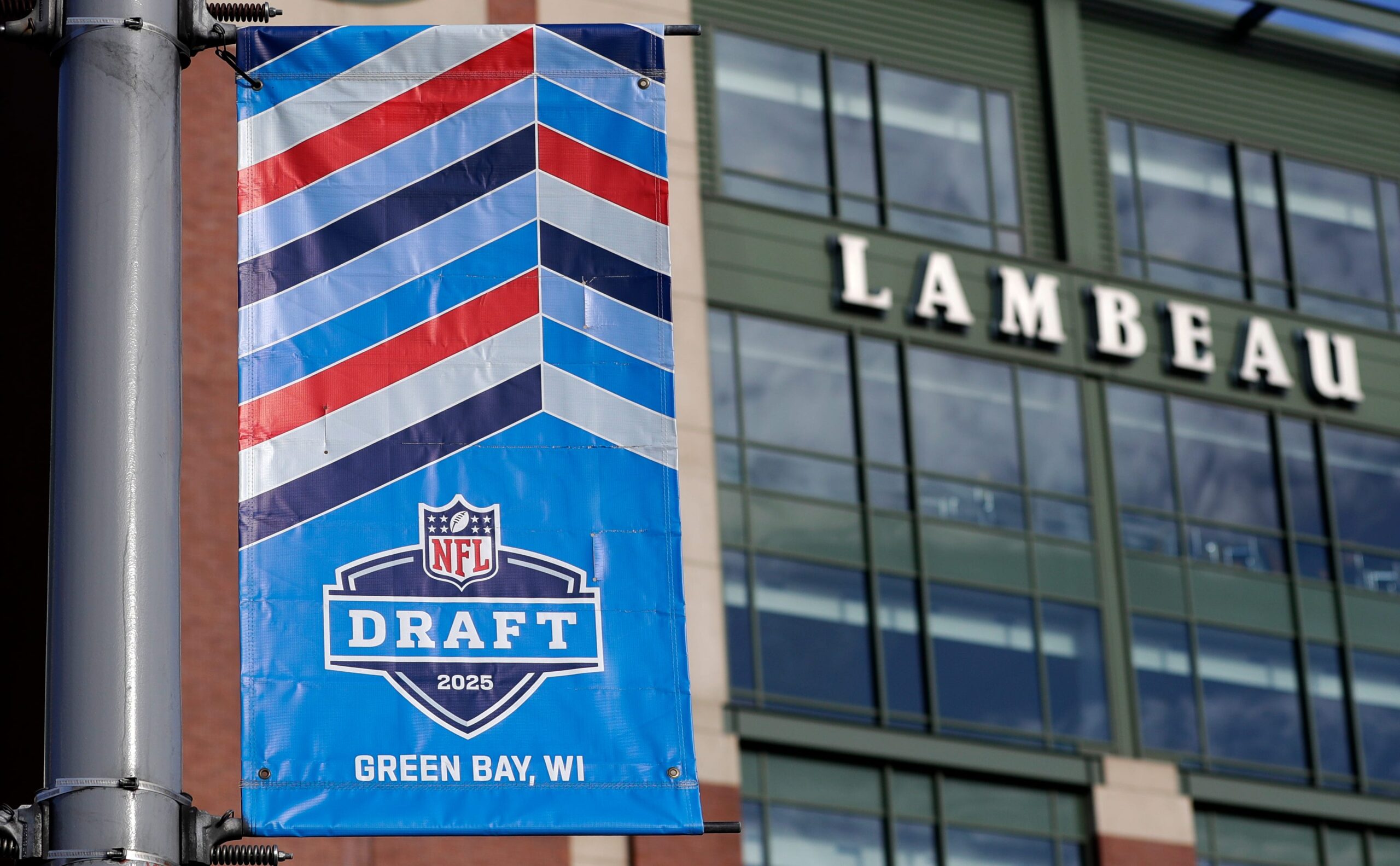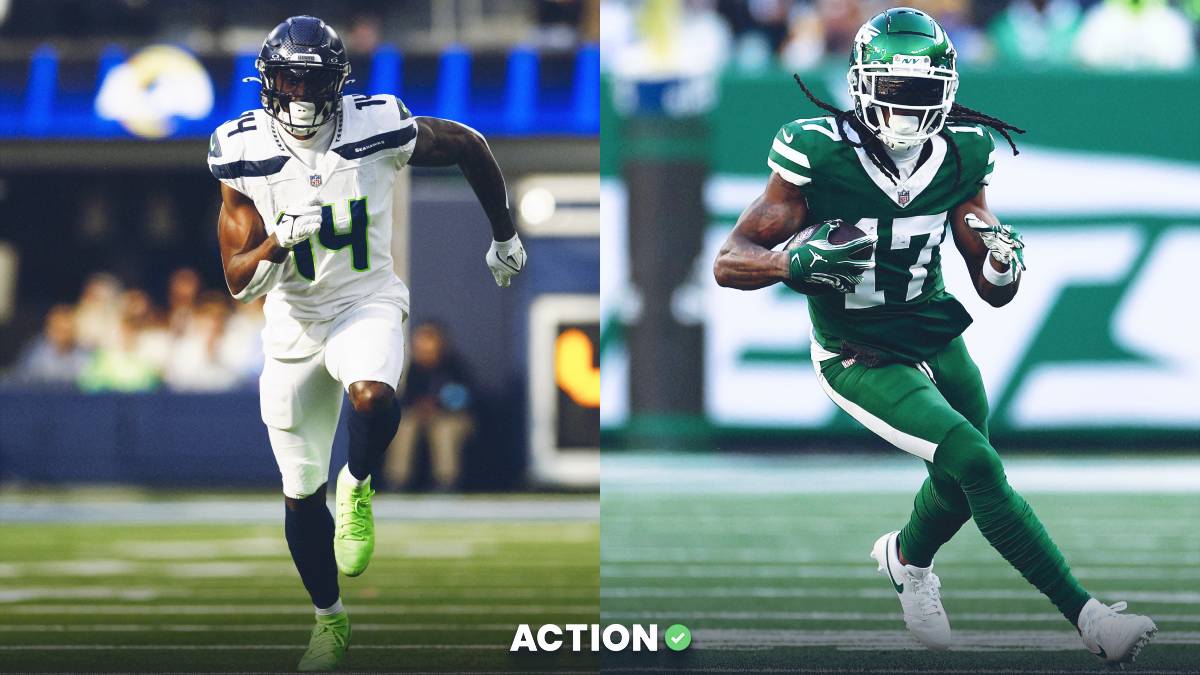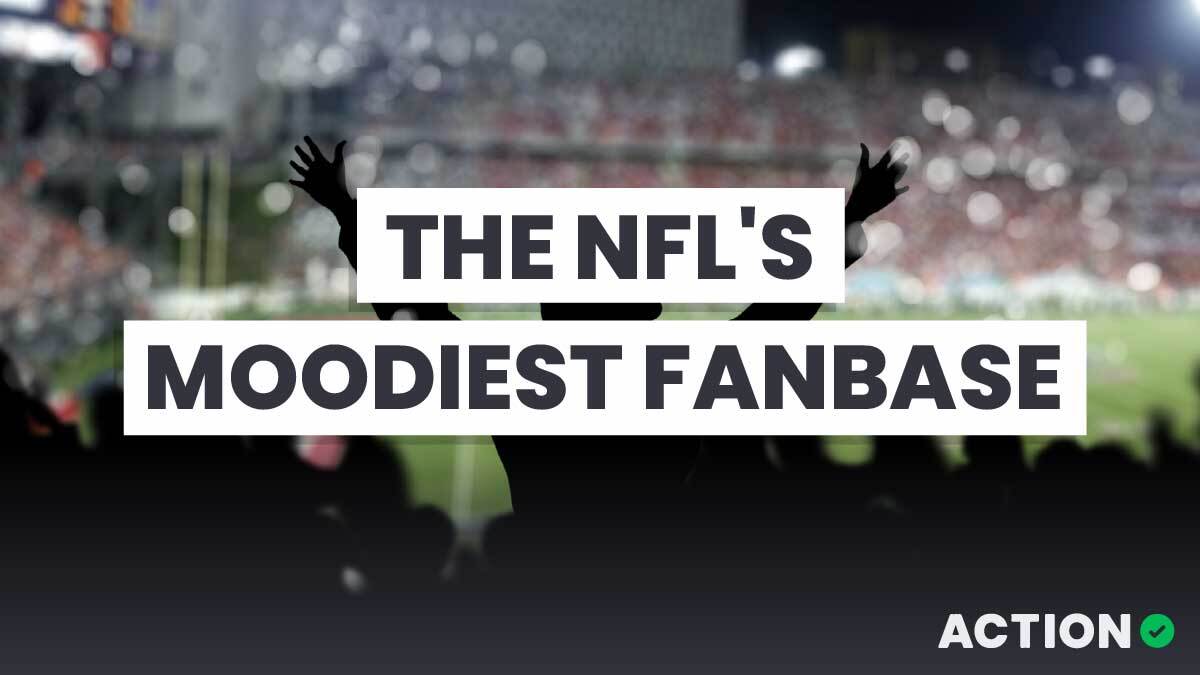It’s officially time to start fantasy football prep. I’ll be answering the biggest questions heading into the 2019 season; this is part of that series.
2017 and 2018 marked the first time that the Broncos suffered consecutive losing seasons since 1971 and 1972. John Elway and the front office have made numerous changes in an attempt to better their luck in 2019, but the roster remains far from a finished product.
What follows is a breakdown of the Broncos' passing game, as well as an analysis on who might possess some fantasy football value entering next season.
The Broncos have a Joe Flacco problem
There was a time when Joe Flacco was the perfect fit for any team looking to utilize a run-first offense with some downfield-heavy play-action passes mixed in here and there.
It's safe to say that time is in the past.
Joe Flacco was brilliant in leading the 2012 Ravens to a Super Bowl victory
Flacco's stats and ranks among 49 QBs with at least 16 starts in 2013-2018:
Adjusted yards per attempt: 6.04 (43rd)
TD Rate: 3.5% (38th)
QB Rating: 82.3 (39th)Money earned: $124,000,000
— Ian Hartitz (@Ihartitz) February 13, 2019
Flacco actually averaged four-season highs in adjusted yards per attempt (6.4) and quarterback rating (84.2) over his nine starts this past season. Still, these numbers each ranked 26th among 31 quarterbacks who made at least nine starts.
Optimistic Broncos fans could call this move a slight upgrade over what Case Keenum brought to the table last season. Less optimistic fans will probably call this move another last-gasp effort to regain their footing as one of the AFC’s top contenders during a time when they probably should be rebuilding.
Elway doesn't exactly have the most glowing track record of choosing quarterbacks since Peyton Manning retired, as the likes of Keenum, Trevor Siemian, Brock Osweiler and Paxton Lynch each underwhelmed during their respective tryouts.
What John Elway probably figures every Joe Flacco pass will be like in Denver pic.twitter.com/xtIc0Rykd5
— Ian Hartitz (@Ihartitz) February 13, 2019
Statistics point to the Keenum-for-Flacco swap being a downgrade by just about every measure. Keenum posted better marks in yards per attempt (6.9 vs. 6.2), touchdown rate (3.5% vs. 3.1%) and quarterback rating (86 vs. 82.6) compared to Flacco over the past three seasons.
New offensive coordinator Rich Scangarello hasn’t worked as a play-caller at the NFL level before, but he did spend the 2015, 2017 and 2018 seasons on Kyle Shanahan’s staff with the Falcons and 49ers. Scangarello will need to get the most out of Flacco’s big arm and veteran experience to avoid having 2019 turn into another lost season for Denver.
Flacco's history of target share doesn't bode well for his wide receivers' chances at breaking out in what figures to be a below-average scoring offense.
Flacco loves throwing to running backs and (kinda) tight ends
The Broncos are lucky enough to have one of the league's bright, young talents at running back in Phillip Lindsay. He's already proven capable of functioning as a dangerous receiver thanks to his ever-dangerous tackle-breaking ability.

Lindsay finished the season with a respectable 227 touches (15th among all running backs) but was never gifted a three-down workload. The Broncos routinely made sure that each of Lindsay (42% of snaps), Devontae Booker (29%) andRoyce Freeman (29%) were involved in the game plan, and Booker ultimately out-targeted Lindsay 51 to 47.
Scangarello is certainly used to deploying committee backfields after spending the last three seasons in Atlanta and San Francisco. Offseason reports about Royce Freeman's ascension have confirmed as much.
The absence of Booker would certainly go a long way towards making this a fantasy-viable two-back committee, as Flacco has historically fed his running backs plenty of targets.
Ravens rank in total targets to RBs with Joe Flacco:
2008: 7th
2009: 1st
2010: 7th
2011: 3rd
2012: 8th
2013: 9th
2014: 13th
2015: 5th (during Flacco's 10 starts)
2016: 2nd
2017: T4th
2018: 9th (during Flacco's 9 starts)— Ian Hartitz (@Ihartitz) May 5, 2019
The other position to keep an eye on is tight end. Broncos first-round pick Noah Fant finds himself in a similar situation as 2017 Evan Engram in that the Broncos have an aging quarterback with an injured No. 1 receiver and few proven options elsewhere. Fant has the size (6-foot-4 and 249 pounds) and athleticism (94th-percentile SPARQ-x score) to demand plenty of targets sooner than later in an offense without an identity.
However, the idea that Flacco is some type of tight end whisperer is a bit of a myth.
Joe Flacco top tight end by year and final PPR positional rank:
2008 Heap TE24
2009 Heap TE14
2010 Heap TE15
2011 Dickson TE17
2012 Pitta TE8
2013 Clark TE29
2014 Daniels TE18
2015 Gillmore TE26
2016 Pitta TE8
2017 Watson TE11
2018 Andrews TE19 (Weeks 1-9)
…
2019 Noah Fant TE?— Ian Hartitz (@Ihartitz) April 27, 2019
Fant's combination of receiving ability and pure athleticism is enticing, but only Engram has worked as a top-10 PPR tight end as a rookie since 2010.
I'm against targeting Lindsay at his current average draft position as the PPR RB22, as the likes of Mark Ingram and Kenyan Drake (among others) seem to have a better chance at securing a more consistent workload.
Fant is more affordable as a late-round dart as the PPR TE20, but I'm inclined to focus more on second-year options like Mark Andrews and Mike Gesicki.
The Broncos boast several talented wide receivers
It's impossible to know what type of role Emmanuel Sanders is capable of having less than a year after tearing his Achilles. Sanders says that a Week 1 return "feels realistic," but starting the season on the PUP list isn't out of the question for the 32-year-old.
Manny Sanders has always been an undersized receiver at 5-foot-11 and 180 pounds, so a decline in route-running and agility could be more pronounced than a more physically-demanding receiver.
I'm more inclined to invest fantasy football resources in the other two receivers who are expected to form the Broncos' 3-WR sets.
Courtland Sutton joined Michael Gallup and Calvin Ridley as the only rookie receivers with double-digit catches of 20-plus yards last season. He's the offense's most-talented receiver from size (6-foot-3 and 218 pounds) and athleticism (84th-percentile SPARQ-x athlete) standpoints, but consistent production was tough to find in last season's Keenum-led passing game.
The problem for Sutton's Year 2 projection is Flacco's general inability to throw the deep ball. Perhaps the thin Colorado air will again propel Flacco to great heights like we saw back in the 2012 Divisional Round. The more likely scenario is that Flacco will continue to work among the league's worst deep-ball quarterbacks.
- 2018: No. 31 among all quarterbacks in deep-ball passer rating (PFF)
- 2017: No. 29
- 2016: No. 31
- 2015: No. 33
- 2014: No. 10
Sutton's best-case scenario is to work as this year's version of John Brown, who was the PPR WR22 in Weeks 1-9 last season before Flacco was replaced by Lamar Jackson.

His worst-case scenario would be a No. 4 role behind the likes of DaeSean Hamilton, Sanders, Fant and potentially Lindsay. The good news is Sutton is pretty much free as the PPR WR45 in average draft position.
Our next potential fantasy viable receiver is Hamilton, who is a talented slot receiver who proved capable of racking up receptions during his four games as the offense's featured inside receiver last season:
- Week 14 at 49ers: 7 receptions-47 yards-1 touchdown (9 targets)
- Week 15 vs. Browns: 7-46-0 (12)
- Week 16 at Raiders: 6-40-1 (9)
- Week 17 vs. Chargers: 5-49-0 (8)
Hamilton doesn't possess overwhelming size (6-foot-1) or athleticism (63-percentile SPARQ-x athlete), but he might just stumble upon the most fantasy-relevant factor of them all: volume.
There are doubts as to how much that volume will be worth in what figures to be a below-average Flacco-led passing offense, but Hamilton possess upside at his low market cost considering his real chance at leading the Broncos in receiving if Sanders is ultimately sidelined for an extended period of time.



.png)

